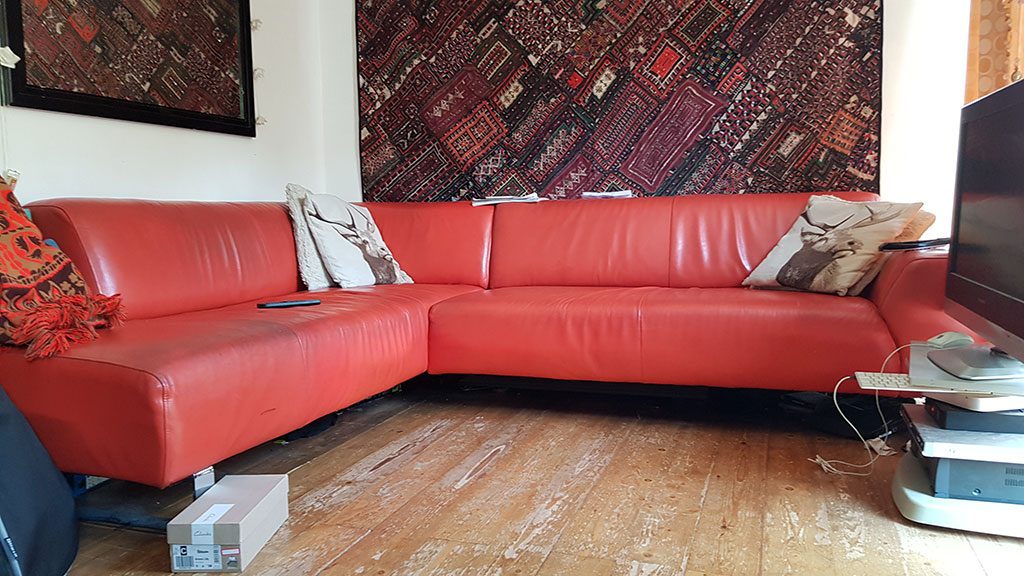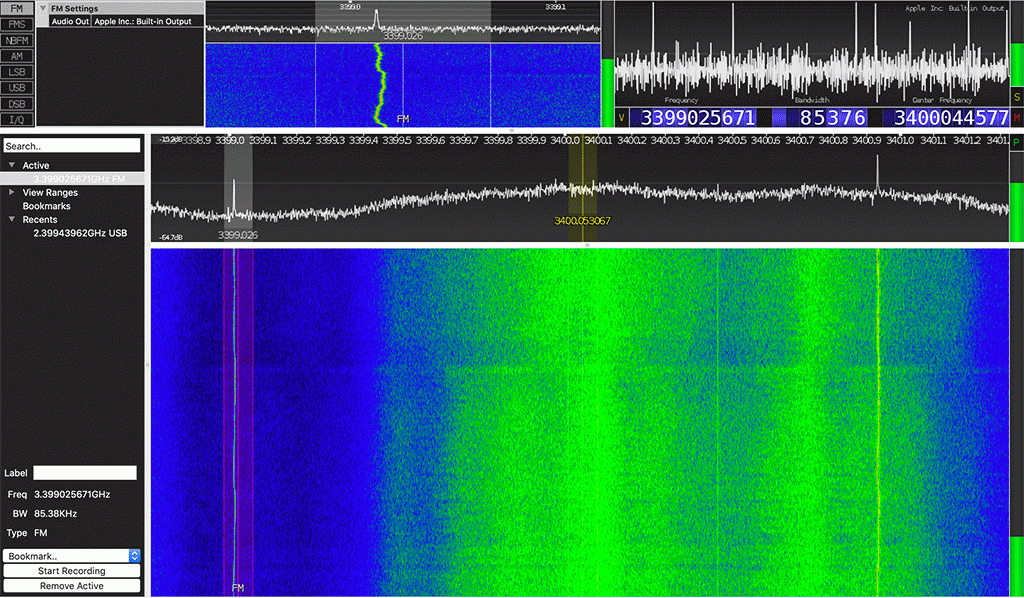
Giant Invisible Pulsating Electromagnetic Sphere Hovering Above My Orange Settee
The emergence of the digital city can be traced back to the end of 2003 and the beginning of 2004. WIFI was just starting to have an impact on peoples’ everyday life. The 802.11g standard had been launched giving WIFI faster speeds and enabling coverage over much greater distances. This was greeted with a utopian political movement, led by activist groups such as YouAreHere [1] in London and free2air in Berlin. Their aim was to build and mesh local area wireless networks to provide communities with Open Distributed Public Wireless (ODPW). YouAreHere set itself the goal of developing a wireless backbone reaching from Limehouse to Hackney Central. They constructed a series of masts at strategic sites along the route. One of the most significant masts was mounted on the top of Limehouse Town Hall, which also housed the headquarters of the London Psychogeographical Association (LPA) [2].
At the same time, third generation (3G) wireless mobile telecommunications technology was rapidly being introduced to providing faster internet speeds for mobile devices. In contrast to the optimism of the ODPW activists, the introduction of 3G was met with anxiety, paranoia and fear. The roll-out of 3G technology involved the siting of a network of mobile phone masts throughout the country. In East London, the rooftops of high rise buildings on working class estates were chosen to locate the majority of these masts. Around the country, residents had begun tearing down mobile-phone masts, as public concerns over the untested health impact of the radiation they emit hit national headlines. The Telegraph reported [3] that in one week as many as four masts were destroyed in a campaign to stop them being placed on top of, or close to, peoples’ houses. Working class people accused the mobile phone companies of using them as guinea pigs. In Hackney, a group of Kurdish activists chained themselves to a mast while it was still on the lorry delivering it to be installed on the roof of their block. In London Fields, one 90 year old resident of the Wayman Court estate refused to move from a site adjacent to his flat that had been given planning permission for a mast.
In this febrile atmosphere of utopianism and paranoia, it was clear that the construction of wireless and mobile networks signalled a significant transformation of the landscape. I purchased an A-Com receiver used by telecoms engineers and started to listen to the new world of data transmissions. The crackle of white noise greeted me as I switched it on. I noticed a distant pulsing signal that drew me towards it. I was in the front room of my flat and its intensity increased as I started to approach my settee. The sound throbbed with metallic bass tones. I moved my receiver towards the settee then back again. The signal was surprisingly spatial. I carefully traced its shape revealing an invisible pulsating electromagnetic sphere hovering above my orange settee. From that moment, I saw the city as overlaid with invisible lines, shapes and structures, a coded geometry of machine to machine interactions beyond our perception.
As the UK prepares to introduce 5G cellular network technology, I am struck by an overwhelming sense of Déjà vu. Time seems to be punctured by accelerating epochs of pseudo progress X to the power n. 5G transmissions are broadcast on frequencies between 3.4 – 3.6GHz. These waves travel shorter distances through urban spaces, so 5G networks require more transmitter masts than previous technologies, positioned closer to ground level. The construction of the 5G network has sparked viral conspiracies, renewed health fears and an angle grinder attack by residents of one working class estate in Manchester. The next generation of utopian media artists are already presenting critical 5G projects at media arts festivals.

CODED GEOMETRY is scanning the 3.4 to 3.6GHz spectrum using new antenna designs connected to Software Defined Radio (SDR). We are conducting research analysing and mapping the structures, invisible geographies and ambience this technology is bringing into being. Researching the spatial aesthetics these new circuits of digitality are bringing forth. Asking how they will shape our understand and experience of space and spatiality which are already inscribed by, but not reducible to, digital systems.
_____________________
[1] For more information about YouAreHere see – http://www.metamute.org/editorial/articles/network-people
[2] The LPA was originally suggested by the British artist Ralph Rumney in 1957 and reinvoked, in the early 1990s as the LPA East London Section. For more information see – https://maydayrooms.org/archives/the-london-psychogeographical-association/
[3] See Daniel Foggo, 30 Nov 2003, Protesters topple mobile phone masts as health scare spreads, The Telegraph. see – https://www.telegraph.co.uk/news/uknews/1448109/Protesters-topple-mobile-phone-masts-as-health-scare-spreads.html